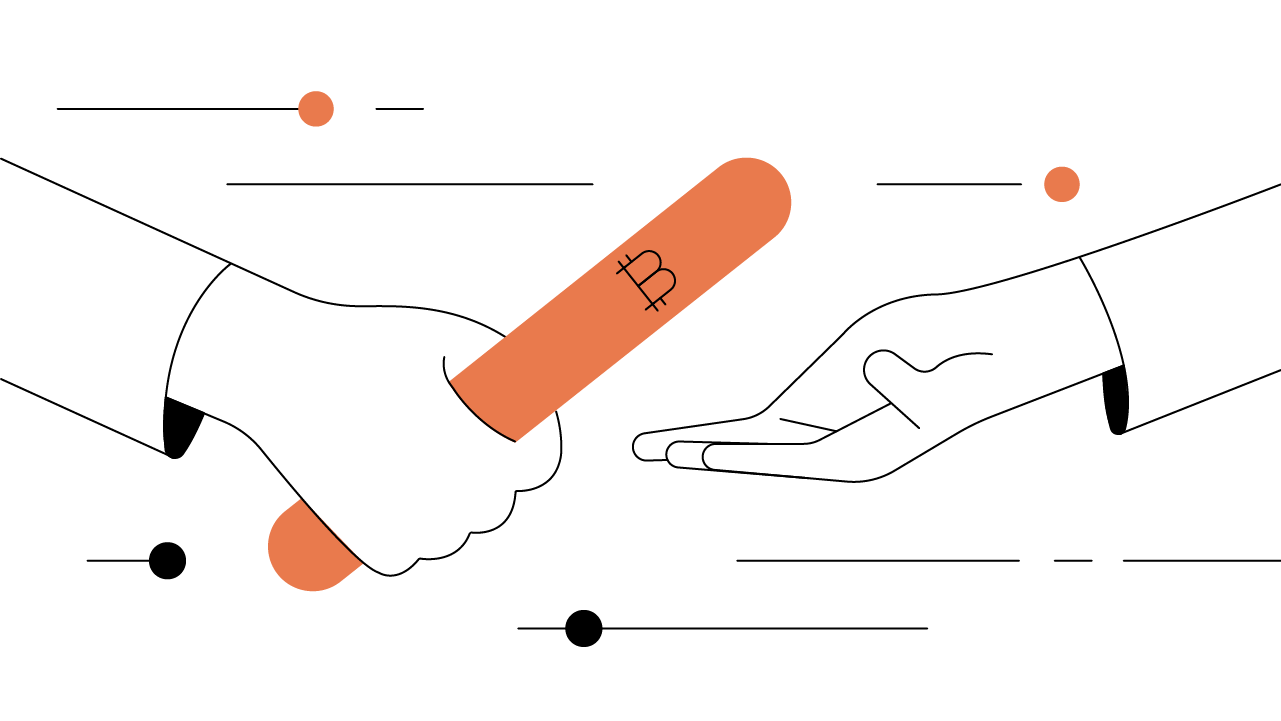Contents
Tezos (XTZ): The True Digital Commonwealth
Tezos historically has enjoyed a high rate of stakeholder participation because of its unique and inclusive governance process.
By Kathleen Breitman, Co-Founder, Tezos
Updated October 5, 2023 • 3 min read

Summary
Tezos is a self-amending blockchain network that was designed to ensure the secure and scalable use of smart contracts and decentralized applications (dApps). Tezos’ unique on-chain governance mechanism allows the blockchain to routinely adopt and adapt new features natively and automatically with high stakeholder participation. Tez (XTZ) is the native cryptocurrency of Tezos.
Tezos' Open Source Programming Language
Through the use of its open-source functional programming languages, Tezos boasts unique technical advantages that create a more secure and inherently stable architecture. Open-source coding languages tend to lower the barrier to entry for potential developers, as they can evolve alongside the developers using them in a way that benefits the developer community as a whole. This has led to the growth and evolution of the Tezos blockchain while allowing the network’s security to remain robust.
The system was built initially with two coding languages: OCaml and Michelson. Both are functional languages that have inherent advantages over imperative languages used in Ethereum. Michelson was created to enable smart contracts — aiming for clarity, precision, and efficiency. It allows for the mathematical verification of any new code’s functionality, thereby maintaining a more cohesive and stronger coding structure than other blockchain systems.
How Tezos Network Participation Works
The Tezos cryptocurrency has a unique on-chain governance process that incentivizes majority user participation and prevents contentious hard forks (i.e., splitting the blockchain). The advantage of the Tezos consensus mechanism stems from the ability for all XTZ coin holders to vote, as well as to determine the voting system used for upgrades.
XTZ coin owners gain voting rights by staking their coins. Tezos’ baking system (the signing and verification process for adding new blocks to the Tezos blockchain) allows all users to stake their coins, regardless of how many (or few) they hold.
Validators, referred to as “bakers,” are rewarded for giving their time and expertise to the system. They are the ones who suggest potential updates to Tezos.
The upgrade and voting system is divided into four periods:
Proposal: All users vote on which changes they think would be best to test out. The proposals with the most votes advance to the next round.
Exploration: All the users vote on the selected proposals from the first round. If a proposal meets a minimum threshold of votes, it moves to the testing round.
Testing: A separate testing blockchain is created to test the potential changes and ensure that they would be stable and safe to adopt permanently into Tezos' blockchain architecture. Those that satisfy this technical requirement move to the next round.
Promotion: All users vote on the successfully tested changes. The chosen changes are then uploaded through a “hot-swap” and integrated into the Tezos blockchain. This process involves no interruptions to the operation of the network, and no splitting or forking occurs.
Tezos' Use of Formal Verification for Smart Contracts
The inherent advantages of Tezos stem from how it is built with functional programming languages. These are coding languages where the programs are constructed using mathematical functions — as opposed to imperative programming languages, where the developer writes specific step-by-step instructions.
Due to their better security and speed, functional languages are becoming increasingly popular in mission-critical industries — such as the aeronautics, nuclear power, and financial services — where the costs of mistakes are high, so require the mathematical precision of a functional programming language.
Functional coding languages allow for all smart contracts on the Tezos blockchain to be mathematically proven and verified, which is called “formal verification.” This mathematical guarantee of a program’s fidelity serves to bolster security and increase the speed of smart contracts.
How Tezos Baking Works
Baking is the signing and publishing of blocks to the Tezos blockchain. Only users with a minimum number of 8,000 XTZ (also known as “1 roll”) can qualify as bakers. Bakers must also have the appropriate hardware, software, and expertise. They act as the decentralized developers for the Tezos cryptocurrency network and work with the rest of the development teams to resolve any issues in the code. To qualify, aspiring bakers must provide a security deposit, which would be forfeited if the baker were to behave unethically. In return for their work, bakers are rewarded with XTZ coins, also known as “baking rewards.” This process serves as an incentive for bakers to continue their Tezos baking.
Tezos has a unique consensus mechanism, called Liquid Proof of Stake (LPoS), whereby non-qualified users who do not have enough coins or expertise to be developers can delegate (or “stake”) their coins to qualified bakers. Through staking, any coin holder with any quantity of coins can assign the rights to their Tezos coins to a baker via a smart contract. In return, the baker shares in the ensuing returns. This process enables any XTZ coin holder to apply to participate in the protocol’s governance mechanism.
Via these features, the Tezos system offers all of its holders the incentive to participate in staking, and thus in the growth and development of the network. In fact, in 2020 as much as 80% of XTZ coins were staked at any given time, with a comparable percentage of XTZ owners participating in voting.
Cryptopedia does not guarantee the reliability of the Site content and shall not be held liable for any errors, omissions, or inaccuracies. The opinions and views expressed in any Cryptopedia article are solely those of the author(s) and do not reflect the opinions of Gemini or its management. The information provided on the Site is for informational purposes only, and it does not constitute an endorsement of any of the products and services discussed or investment, financial, or trading advice. A qualified professional should be consulted prior to making financial decisions. Please visit our Cryptopedia Site Policy to learn more.

Author
Kathleen Breitman
Co-Founder, Tezos
Kathleen Breitman is the co-founder of Coase, a software company that aspires to lower transaction costs. She previously co-founded Tezos, a blockchain-based smart contract platform with an on-chain governance mechanism to coordinate and push upgrades to its network. She has also worked at Accenture, Bridgewater Associates, and the Wall Street Journal.
Is this article helpful?


